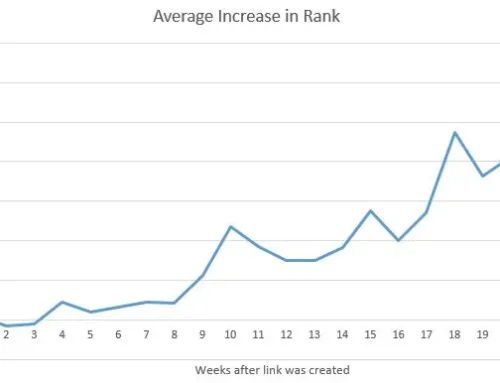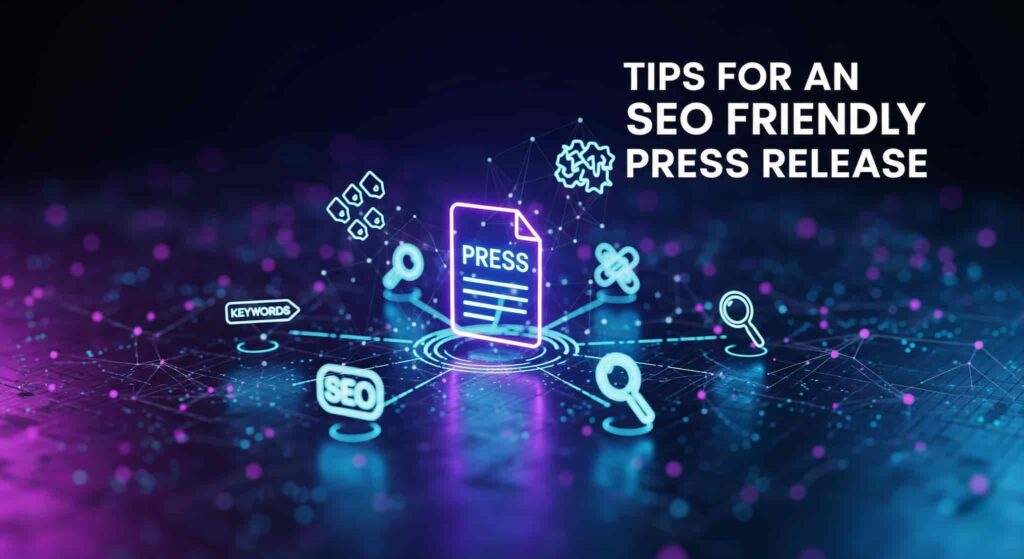
Let’s be honest: most press releases get buried. They’re either too dull, overloaded with keywords, or written for an audience that stopped existing ten years ago.
Thousands of press releases are published every day. They all compete for attention. According to Prowly, only about 25% of journalists consider most of the pitches they receive to be relevant. That’s why optimization is not a luxury, but a necessity.
At Buylinkco.com, we’ve reviewed hundreds of press releases. We’ve analyzed their performance, identified what works (and what flops), and helped clients turn bland announcements into serious ranking assets.
The truth? A well-optimized SEO press release is more than a PR tool. It’s a quiet SEO powerhouse that builds authority.
If you’re serious about visibility, here are 10 tips from our SEO team.
Tip 1. Create SEO friendly headlines that hook and rank
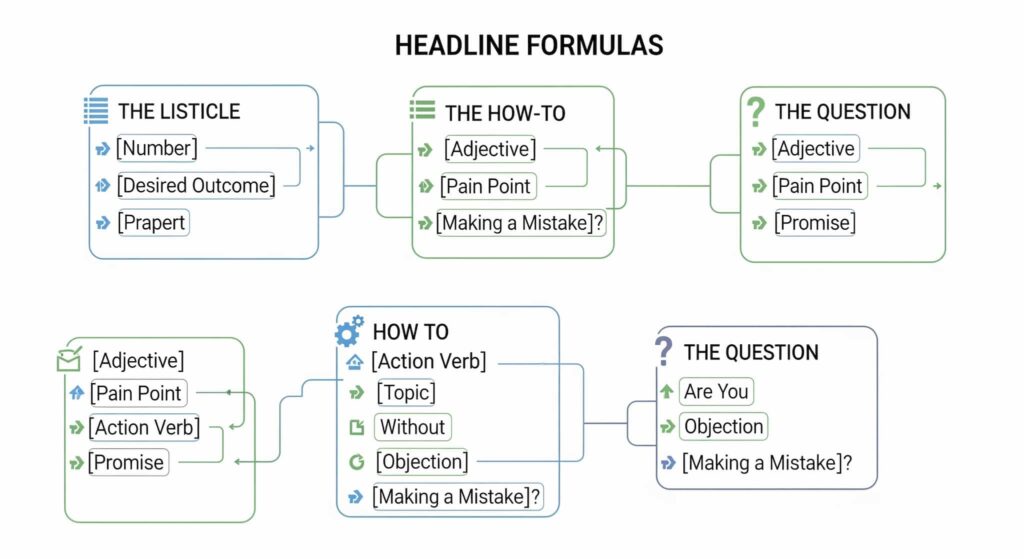
We can’t stress this enough: your headline must do two things:
- Grab a reader’s attention.
- Show relevance to search engines.
Use the primary keywords but write it like something you’d genuinely want to click. Creating SEO friendly headlines is crucial.
Research shows that headlines with numbers can increase clicks by 36%. Headlines in the form of questions receive 14% more clicks.
Try to keep your headline between 55 and 70 characters long. This ensures that it won’t be cut off in Google search results, making it more appealing to click on. This approach is key for effective SEO friendly headlines.
Tip 2. Sprinkle keywords — don’t pour them
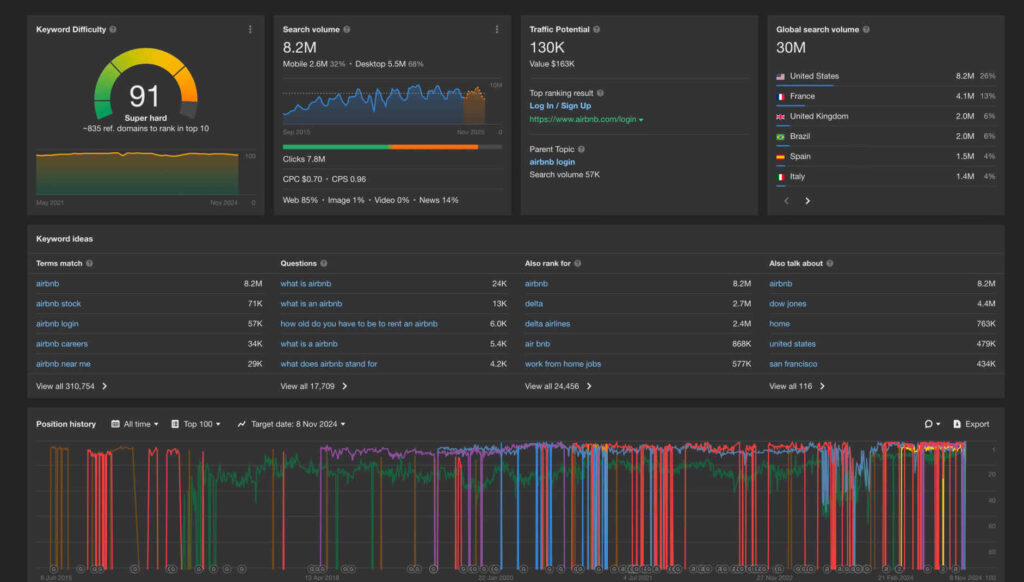
Too many SEO press releases still fall into the trap of keyword stuffing. In 2007, people tried to trick Google with press releases. Now, good SEO means not doing that. Use keywords wisely in the title, subheadings, and main text. Use words and phrases that are thematically related to the main keyword to focus on semantic relevance.
What does it mean for something to be semantically relevant? This means using words and phrases that Google thinks should go together, like synonyms and words that are related. IIf your news is about the launch of an “electric car”, you should also talk about “charging stations”, “battery capacity”, and “eco-friendly transportation”.
In the first 50 words of a press release, use the main keyword. This makes it easier for search engines and reporters to quickly figure out what the main point is.
💡 Tip: Use tools like Ahrefs or Semrush to see what people are looking for. AI tools can also help you find words and sentences that are related to your topic and make it seem more important.
Tip 3. Make it mobile-first
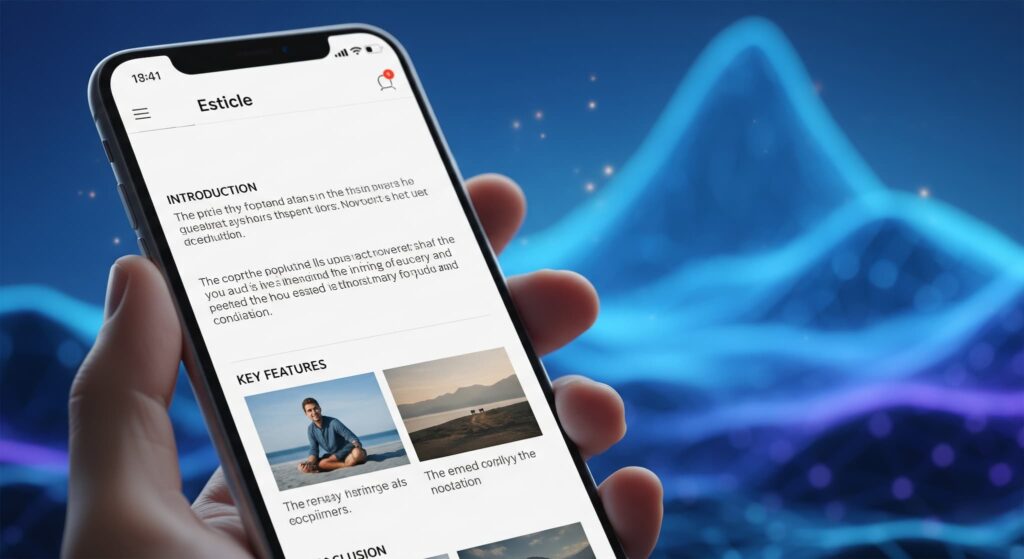
More than 60% of users will read your release on their phone. If it’s one dense wall of text? They’re gone. Keep it clean:
- Use short paragraphs.
- Add bullet points.
- Stick to a clear structure.
- Format for quick scanning.
In 2025, mobile traffic accounts for over 66% of all internet traffic. Google uses mobile-first indexing. This means that Google scans and indexes the mobile version of your press release for ranking. If the mobile version is inconvenient, your chances of high rankings are significantly reduced.
Tip 4. Link like a pro

A key part of seo for press releases is linking like a pro. Add relevant, contextual links back to your website — ideally to landing pages, product pages, or blog content that expand on your story. Use clear, descriptive anchor text (ditch the generic “click here”).
To align with Google’s guidelines, it’s best to qualify your links. Add rel=”nofollow” or rel=”sponsored” attributes in press releases. We stick to 1–2 strategic, clearly marked links per release.
Even though nofollow links don’t directly pass on PageRank, they are still very useful for SEO. They bring in traffic from other sites, help people learn more about your brand, and can even get other sites to link to you with dofollow links.
Tip 5. Add multimedia or be ignored

A plain-text press release is like a meal without seasoning. To make yours stand out, add:
- high-quality images,
- videos if possible,
- Infographics for data.
Not only do visuals improve engagement, but they also boost dwell time and sharability — both positive SEO signals. Also, consider using NewsArticle schema markup to help Google better understand and feature your content.
Extended schema markup:
- Schema for Organizations: To make E-E-A-T signals stronger, add markup about your business, like your logo and contact information.
- Event Schema: Use this markup to get a special snippet in Google search if your release talks about an event.
- VideoObject Schema: This markup will help your video show up in the “Videos” tab in Google search if you embed it.
Tip 6. Craft a meta description worth clicking

It won’t directly impact rankings, but it absolutely affects your click-through rate. Write a 150–160 character summary of your release that highlights the value and includes your main keyword. Think of it as your 2-second elevator pitch on Google.
Tip 7. Think local (when it makes sense)
Pay attention to local SEO if your news is about something happening in your city, like opening a new office or beginning a campaign just for that city.
📍 Mention the city, neighborhood, or region in the headline or intro.
📍 Use local landmarks or events as context.
Google rewards geo-specific relevance, especially for service-based businesses.
✅ Add NAP: Include your company’s full name, address, and phone number (Name, Address, Phone) in the “About Us” section or in the contact details.
✅ Embed a map: Adding your business location to Google Maps can make it more relevant to people in the area.
Tip 8. Kill the jargon — please
You’re not writing for internal teams or boardrooms. You’re writing for journalists, readers, bloggers, and busy editors. Ditch the corporate speak and use plain, engaging language. This is critical for Google’s E-E-A-T guidelines. Use of clear, simple language shows that you have knowledge and helps people trust you. If a high school student wouldn’t understand it, rewrite it.
Tip 9. Push it on socials
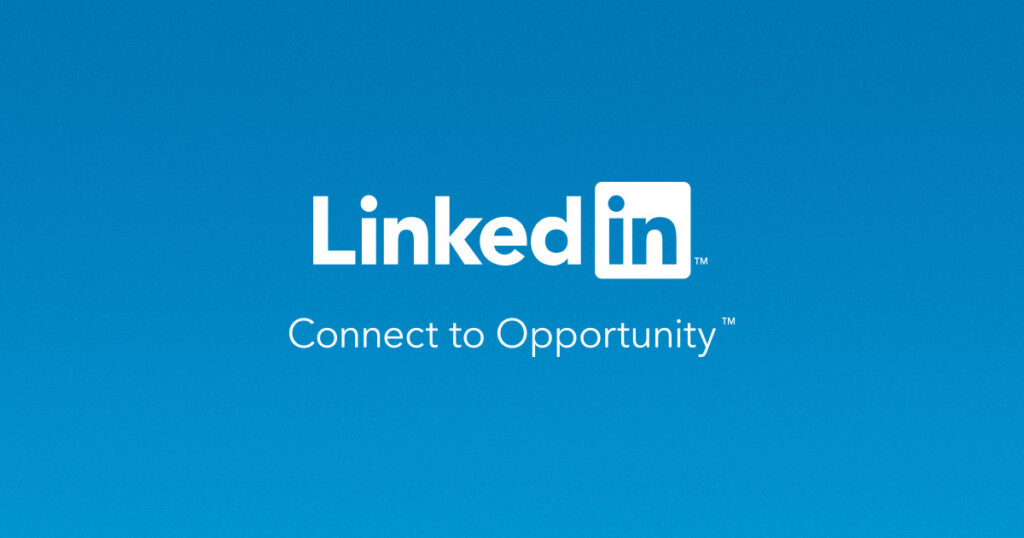
Press releases don’t go viral on their own. Share them on LinkedIn, X (formerly Twitter), niche Facebook groups, even Reddit (if relevant). Remember:
- Every share = more eyeballs.
- Every comment = more engagement.
- And engagement = better search visibility.
Don’t just throw out links. For LinkedIn, write a post about the business significance of the news. For X (Twitter), create a colorful teaser with key hashtags. For Instagram Stories, make a visual infographic with the main points.
Although social signals are not a direct ranking factor, they speed up indexing. The more people see and share your release, the faster Google will find it.
Tip 10. Track everything — or what’s the point?

Publishing a SEO press release without tracking results is like tossing a message in a bottle and hoping for a handshake.
💡 Pro tip: Set up UTM tags. Track referral traffic, dwell time, and conversions in Google Analytics 4 (GA4). Monitor for backlinks and brand mentions. Use that data to optimize the next release.
A press statement often has a bigger impact than it seems. Keep an eye out for these signs:
- Brand mentions: Find news sites and blogs that talk about your brand, even if they don’t link to it, by using monitoring tools.
- Branded search lift: Look at your Google Search Console. Did more people search for your company name in the days after the release?
- Journalist engagement: Keep track of any direct emails or calls you get from journalists and bloggers.
Professional press release distribution services (such as PR Newswire and Business Wire) provide pickup reports. These show which media outlets have published your news. This is a great way to track your reach and find potential backlinks.
Final words
Most companies write press releases to check a box. We write them as a complete SEO friendly press release to rank, engage, and build authority. There’s a big difference — and the search engines know it.
Next time you prepare a release, don’t just announce news. Turn it into a strategic SEO asset.
If you need help crafting one that actually works — well, you know where to find us. Contact us at Buylinkco.com to get your brand the visibility it deserves.
Frequently asked questions
How many links should be included in a press release?
The best practice is 1-2–strategic links. Focus on quality, not quantity. The first link can lead to the main page related to the news, and the second to the main page of your website in the “About the Company” section.
What is the optimal length of a press release for SEO?
The ideal length is between 400 and 600 words. This is enough to tell the story in detail, include keywords and multimedia, but not so much that it tires the reader.
Can I just publish a press release on my blog?
Yes, you can and should do that. Publishing news on your blog or news section is great for your website. However, to reach journalists and a wider audience, it is worth using professional mailing services. They distribute your news through news aggregators and media databases.


